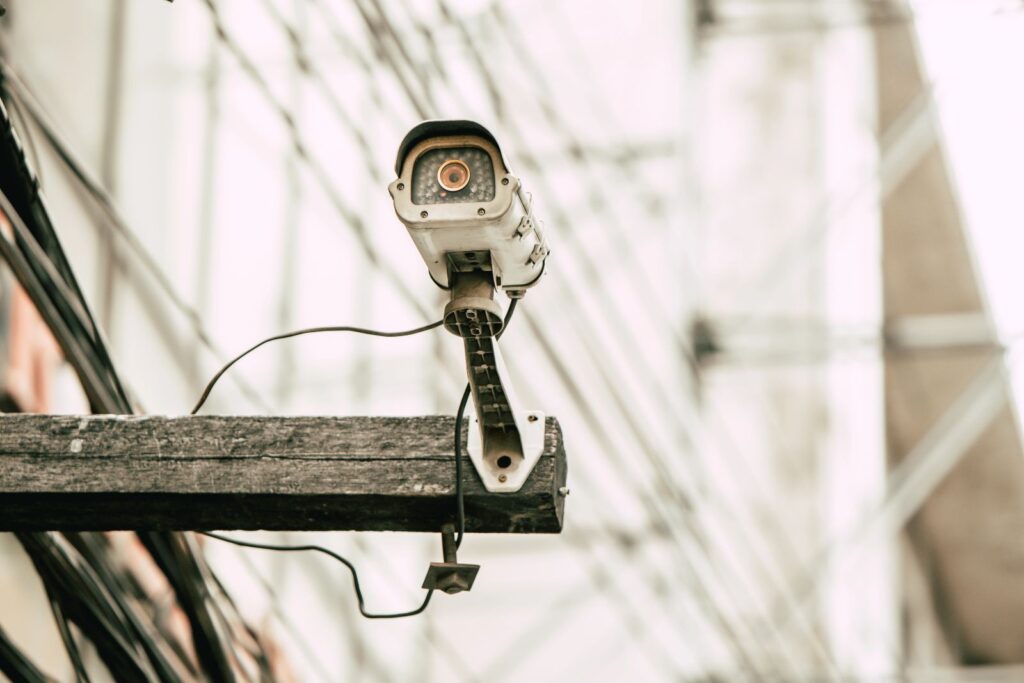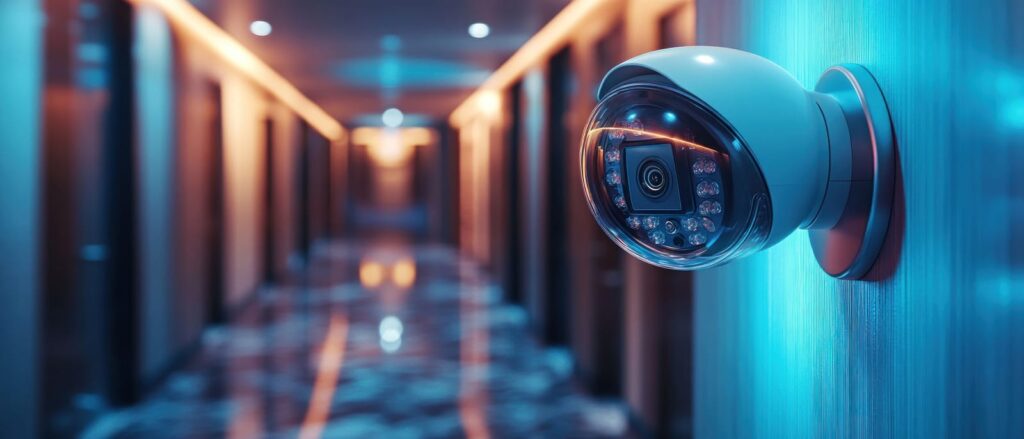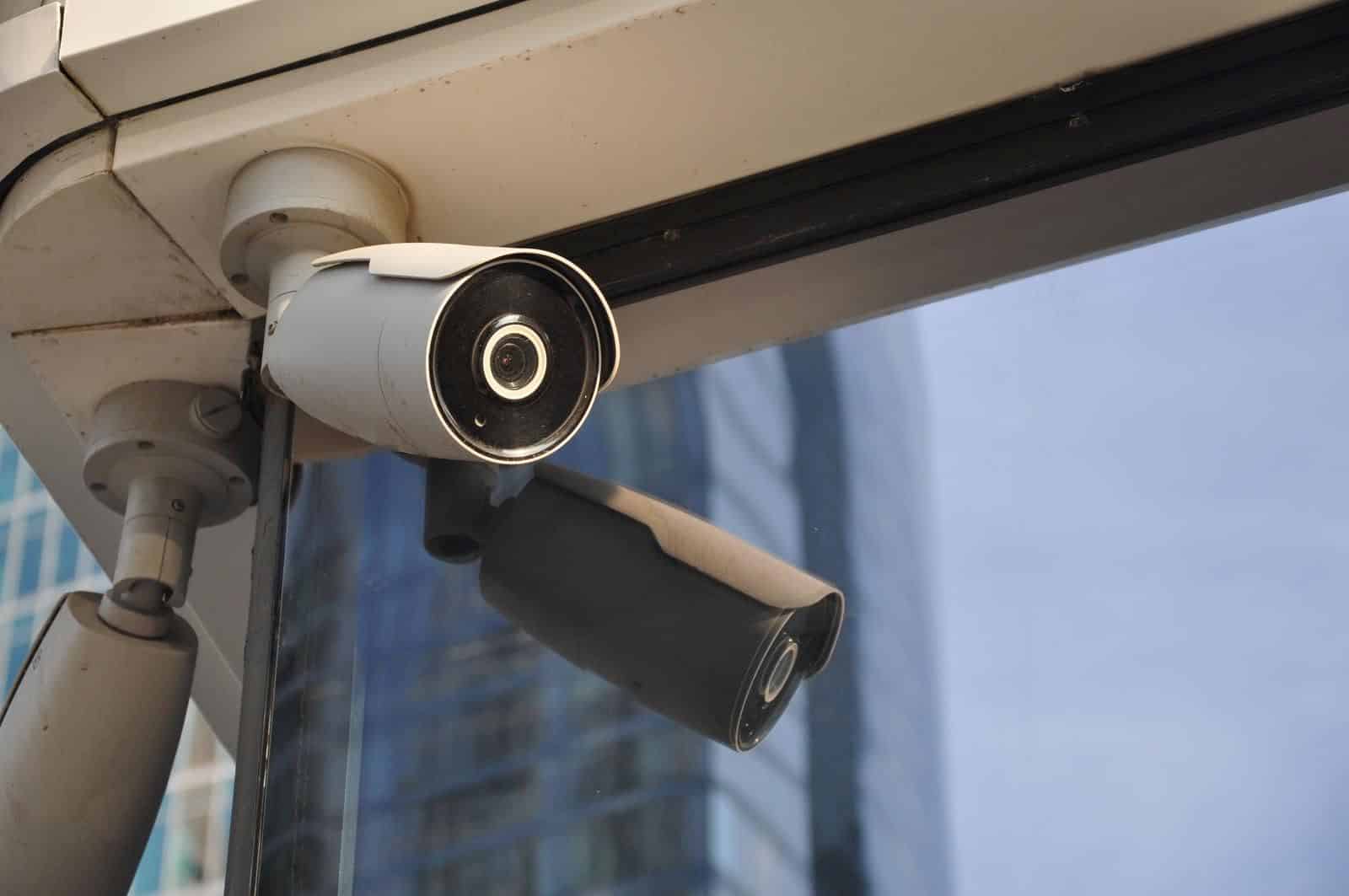The way we protect our homes and businesses has dramatically changed over the past few decades. From the early days of bulky analogue systems to today’s sleek, intelligent smart cameras, security technology has evolved in step with our increasingly connected lives.
In New Zealand, where lifestyle and property types vary from high-density urban areas to isolated rural retreats, this evolution has brought more accessible, effective, and intelligent security options to all corners of the country.
The Early Days: Analogue CCTV
Security cameras first entered the scene in the form of analogue closed-circuit television (CCTV) systems. These early setups were relatively simple: cameras captured footage that was transmitted via coaxial cables to a central recording device, usually a VCR.
The footage was stored on tapes, which had to be manually replaced and managed. Playback was cumbersome, and image quality was often poor, with low-resolution video and no audio.
Despite their limitations, analogue systems laid the groundwork for modern surveillance. They were primarily used in commercial settings, such as banks, retail stores, and public infrastructure, where continuous recording was more important than image clarity or remote access.
In New Zealand, early adopters included city councils, transport hubs, and larger businesses, particularly in urban centres like Auckland and Wellington. These systems were effective for their time, but they required significant maintenance and offered no integration with other technologies.

Enter the Digital Age: IP Cameras Take Over
The transition to digital Internet Protocol (IP) cameras in the early 2000s marked a major leap forward. Unlike analogue cameras, which transmit signals to a local recorder, IP cameras send data over a network, allowing for greater flexibility and performance.
Image quality improved drastically, with many models offering HD or even 4K resolution, making it much easier to identify faces, number plates, and specific events in recorded footage.
One of the most transformative features of IP cameras was their ability to be accessed remotely. Users could log into their systems from a computer or, later, via mobile apps to view live or recorded footage from anywhere with an internet connection.
For New Zealanders with holiday homes in places like the Coromandel or Queenstown, this was a game-changer. It meant they could check in on their property remotely without needing to be physically present.
Digital systems also made it easier to scale and customise security setups. Small business owners and homeowners could choose how many cameras to install, where to position them, and how much footage to store based on their unique needs.
The Cloud Revolution: Smarter Storage and Access
With the rise of cloud computing, security systems began shifting away from local storage devices like hard drives and DVRs. Instead, the footage could now be saved securely in the cloud. This meant users no longer had to worry about a hard drive filling up or being damaged. In the event of a break-in or fire, footage stored off-site would remain safe and accessible.
This evolution brought another key advantage: real-time notifications. Cameras began to offer smart motion detection features that could alert users immediately if movement was detected.
For example, someone in Christchurch could receive a push notification on their phone the moment their camera spotted unexpected activity around their garage – and check the live feed instantly.
In addition to enhancing convenience, cloud-based systems reduce the technical know-how required to manage a security setup. Many of these systems became plug-and-play, designed with everyday users in mind, not just IT professionals or security experts.

The Rise of Smart Security Cameras
Today’s smart cameras go far beyond just capturing video. They integrate artificial intelligence and machine learning to interpret what they’re seeing. Rather than just detecting motion, they can now distinguish between a person, a pet, or a passing vehicle.
Some advanced systems can even recognise faces, offering personalised notifications when a family member arrives home or alerting the user if an unknown person lingers too long.
In homes across New Zealand, these cameras are often part of larger smart home ecosystems. They can be linked with voice assistants like Google Home or Amazon Alexa or connected to other devices such as lights, alarms, and door locks. This level of integration means that your entire home security system can be managed from a single app on your phone or tablet.
For example, a homeowner in Tauranga might receive a motion alert from their driveway camera, then view the footage in real time; they can speak to the visitor using two-way audio, and then unlock the front gate, all without leaving the couch.
This seamless control and convenience have made smart cameras an increasingly popular choice for families, especially those with young children or elderly relatives.
Security on the Go: Mobile Control and Real-Time Alerts
One of the most valued features of these modern security cameras is their seamless mobile integration. Whether you’re at work, out shopping, or overseas, these smart systems allow you to stay connected with your property at all times.
Through intuitive mobile apps, users can view live streams, review past footage, speak through the camera’s audio system, or activate sirens, providing vital peace of mind for many Kiwis.
For many Kiwis, especially those who travel often or live rurally, the level of control provided by modern security cameras is a source of vital peace of mind. It’s also become a powerful tool for businesses, allowing owners to monitor staff, customers, and deliveries even when they’re off-site.
Looking Ahead: What’s Next for Security Cameras?
As technology continues to develop, we can expect even more sophisticated features in the next generation of security cameras. Artificial intelligence will become even smarter, with cameras capable of predicting suspicious behaviour before it happens, not just reacting to it.
We’re also likely to see an increase in biometric security features, such as voice or fingerprint recognition, and greater privacy controls to ensure that footage is only accessed by authorised users.
Solar-powered and battery-operated cameras are becoming much more common, too, offering easy installation in off-grid locations, a big win for remote parts of New Zealand.
Final Thoughts
The journey from the old analogue to smart security cameras is a testament to the empowering strides in technology. It has significantly enhanced the control and security of homeowners as well as business operators throughout New Zealand.
With adaptable, intelligent surveillance options, people can now protect what matters most, whether they’re in the heart of the city or off the beaten track.
With the right system in place, security is no longer just about reacting to events; it’s about staying one step ahead.
Looking for Security Cameras in New Zealand?
- Security Cameras Palmerston North see SES Electrical
- Security Camers Hamilton see Onguard Security
- Security Cameras Hamilton see Arc


